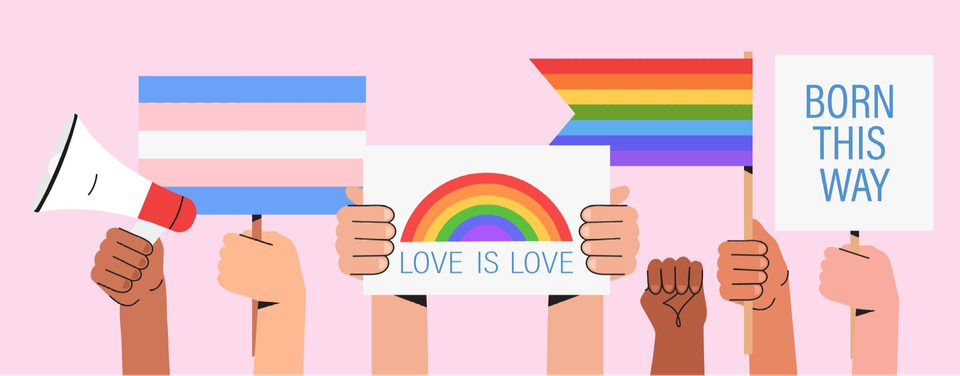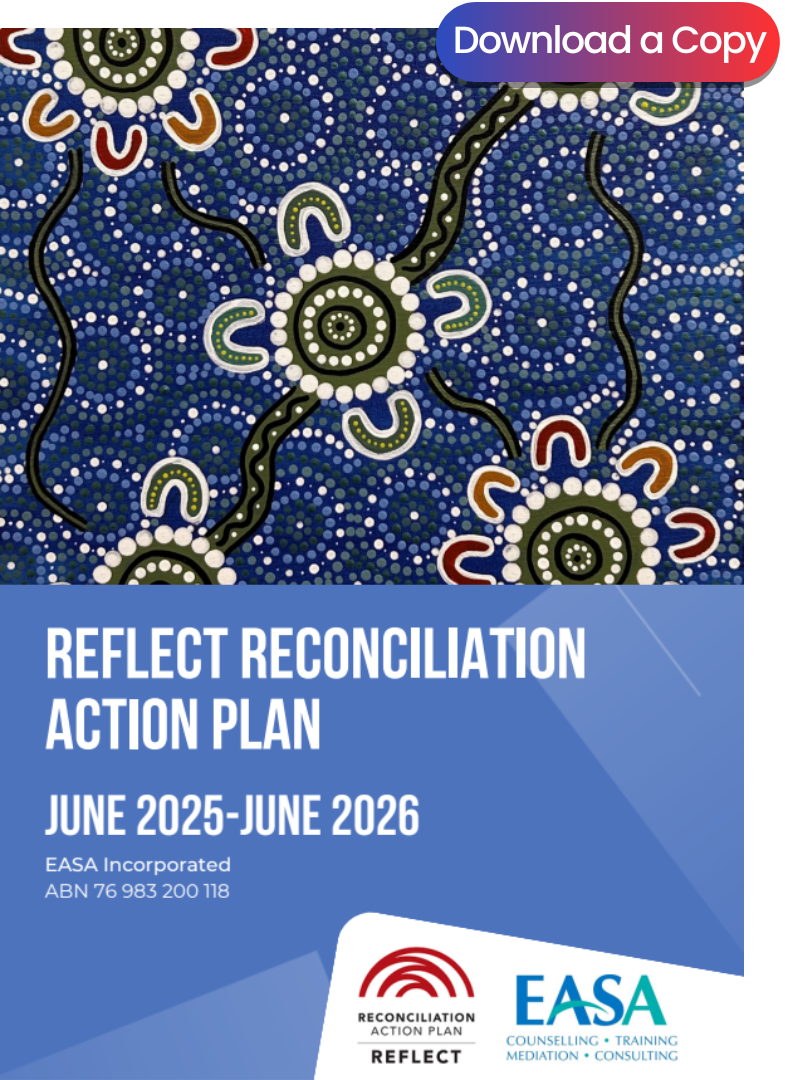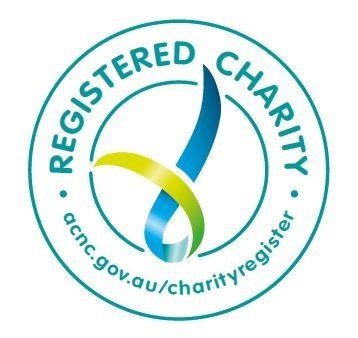The International Day Against Homophobia, Transphobia and Biphobia (IDAHOT) is an opportunity to raise awareness of the human rights of LGBTI people. It is a chance to celebrate our diversity. It is also an opportunity to acknowledge that there are ‘things that we don’t know that we don’t know’ and to remind ourselves that awareness comes from remaining sufficiently curious to accept there are many possibilities. This is most relevant to subjects we are most likely to avoid or make assumptions from a lack of awareness.
Jack Morin, author of The Erotic Mind, states that never before have so many of us had so many opportunities to learn so much about sex. And yet the most important aspects of the sexual experience are the ones we know least about and are most reluctant to discuss. Part I focusses on peak erotic experiences as rich sources of information about the inner working of the erotic mind. Part II uses paradoxical perspectives to gain insight into extremely common but rarely discussed erotic problems. Part III explores how your growing self-awareness can guide you toward more joy and satisfaction in your life.
Is My Husband Gay, Straight, or Bi?, A Guide for Women Concerned About Their Men authors, Joe Kort and Alexander Morgan, have proposed that just because a husband watches gay porn does not indicate that he is a homosexual. Many sexual kinks are interpreted by both wives and husbands as “gay behaviours”. That happens particularly because our homophobic society tends to make people hyper-vigilant about “men who act gay”. Communication is the key, and less secrecy just because there are some atypical sexual interests.
Erotic plasticity, is defined as a change in people’s sexual expression – that is, attitudes, preferences and behaviour. In other words, someone’s sexual response can fluctuate depending on their surrounding environment. Sexual preferences are not set in stone and can change over time, often depending on the immediate situation the individual is in. This has been described as sexual fluidity. For example, if someone identifies as heterosexual but then finds themselves in an environment with only people of the same gender, they might feel increased sexual or romantic attraction to those same-gender partners. Like any other social trait, sexual preferences, attitudes, behaviours and identity can be flexible to some degree. Sexual fluidity can occur in people who are definitively heterosexual or homosexual but simply experience a change in their sexual response.
Simply because change occurs does not mean that women’s, or men’s, sexuality is strange, confusing, mysterious, or overly complicated. There are many men and women who show no signs of sexual fluidity at all. There is some recent work that addresses male sexual fluidity asking men to report their sexual experiences over the past 12 months. Evidence is divided on whether women are more sexually fluid than men, or just more willing to admit it.
Venturing into the erotic realm of self-discovery is dramatically more rewarding for those, who right from the start, are learning how to suspend judgments, trust themselves and take a gentle approach.
Resources
Morin, J. (1995) The Erotic Mind. Harper Publishing
Kort, J. (2014) Is My Husband Gay, Straight, or Bi : A Guide for Women Concerned About Their Men. Rowman & Littlefield Publishers
https://theconversation.com/explainer-what-is-sexual-fluidity-33120









